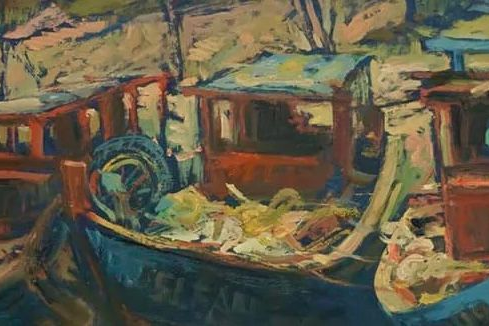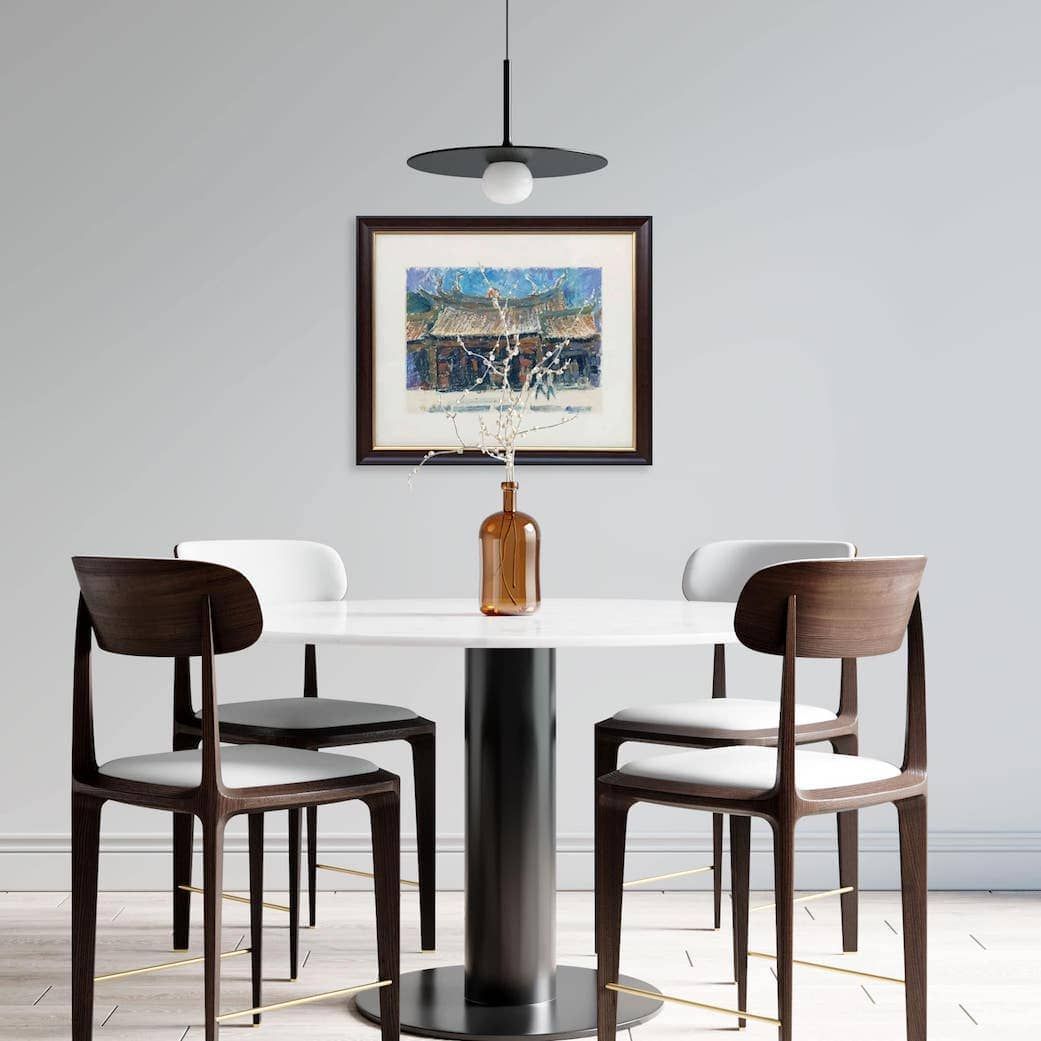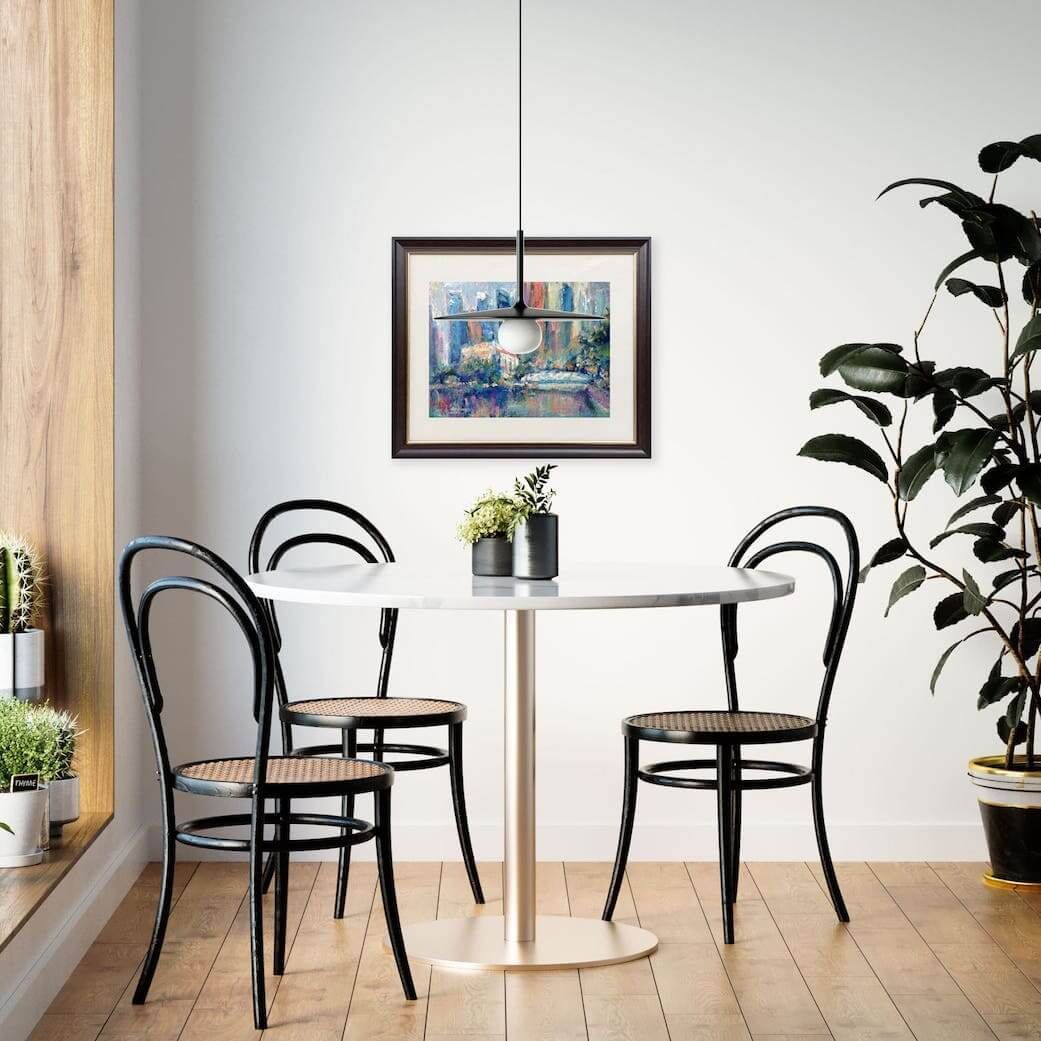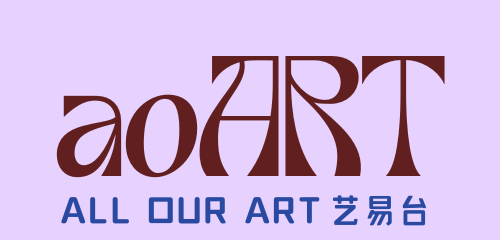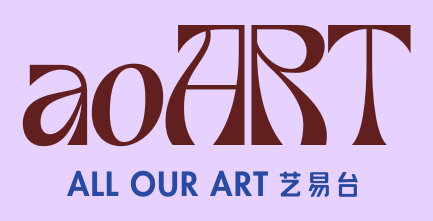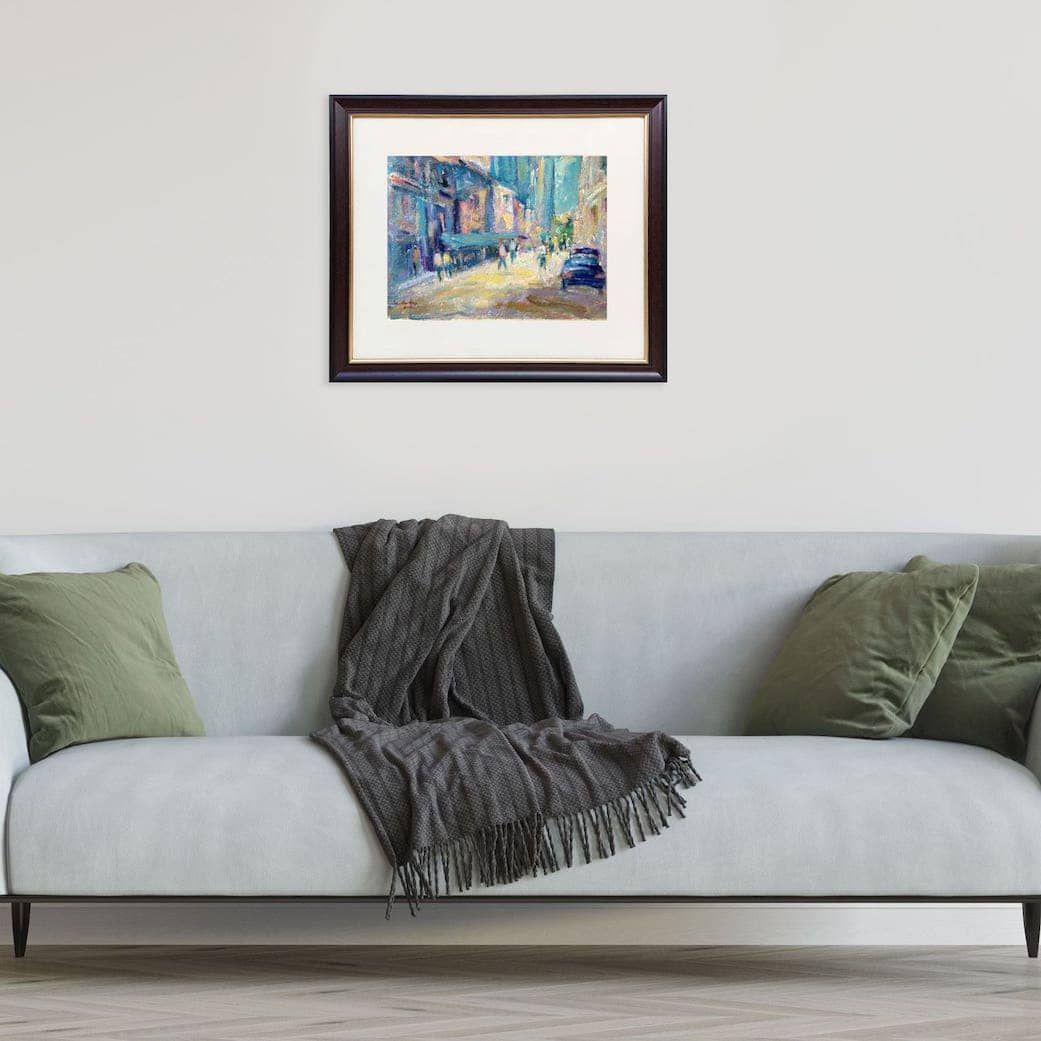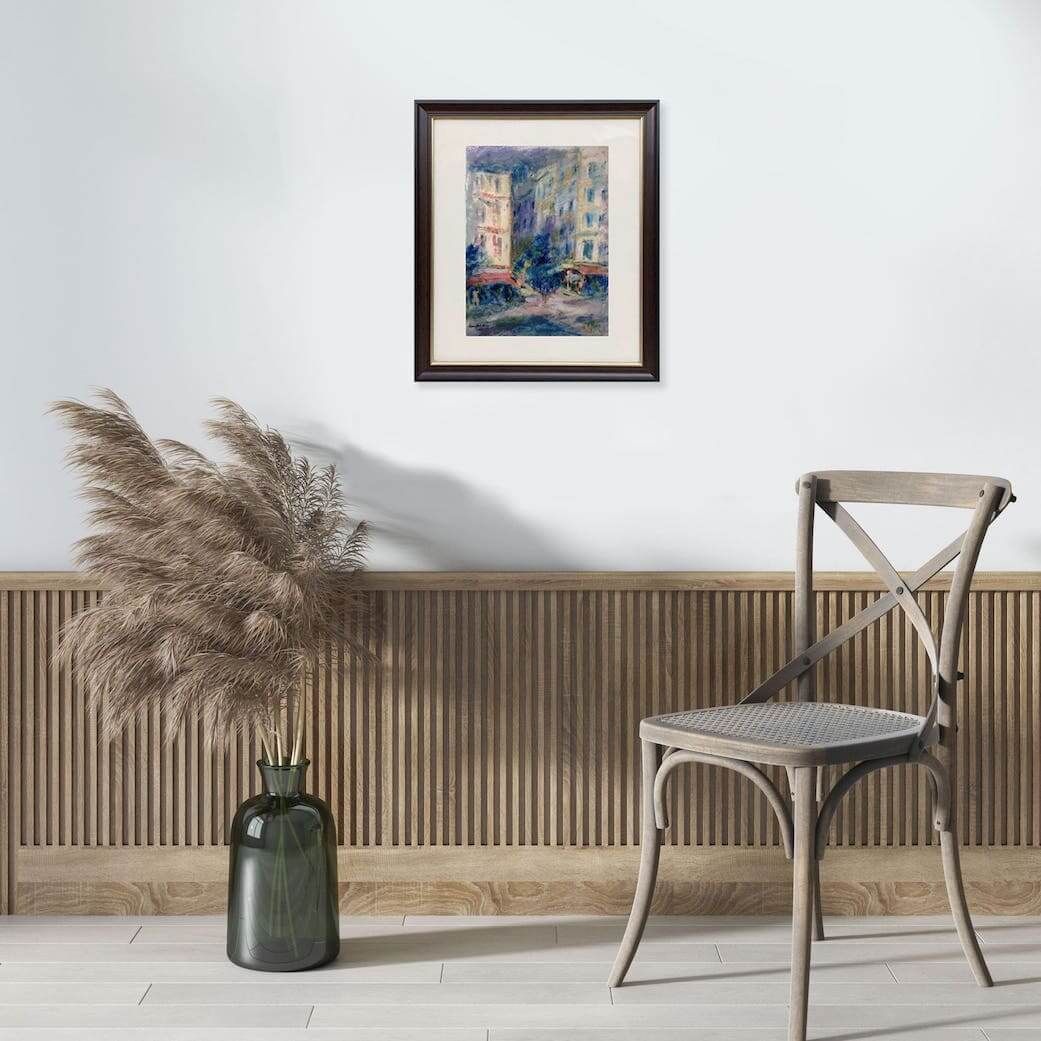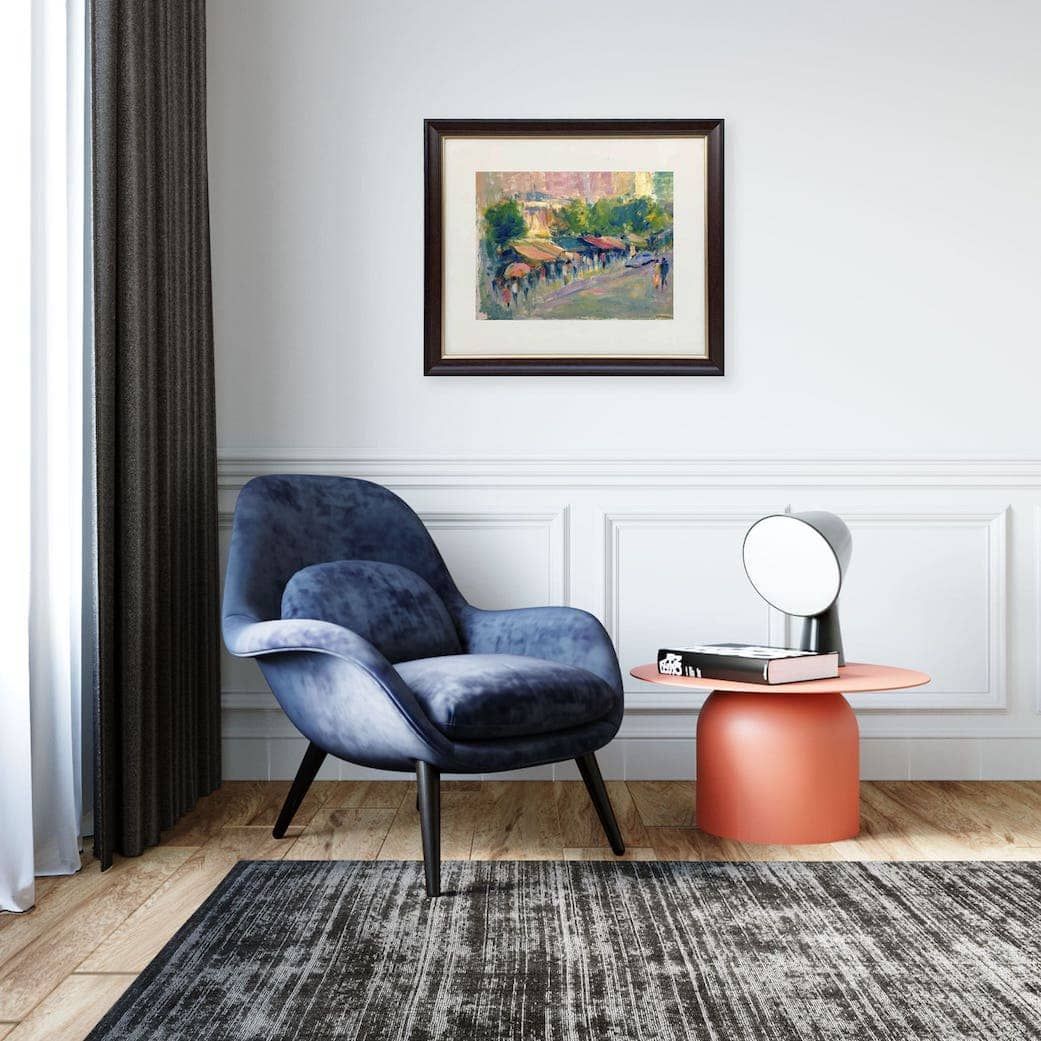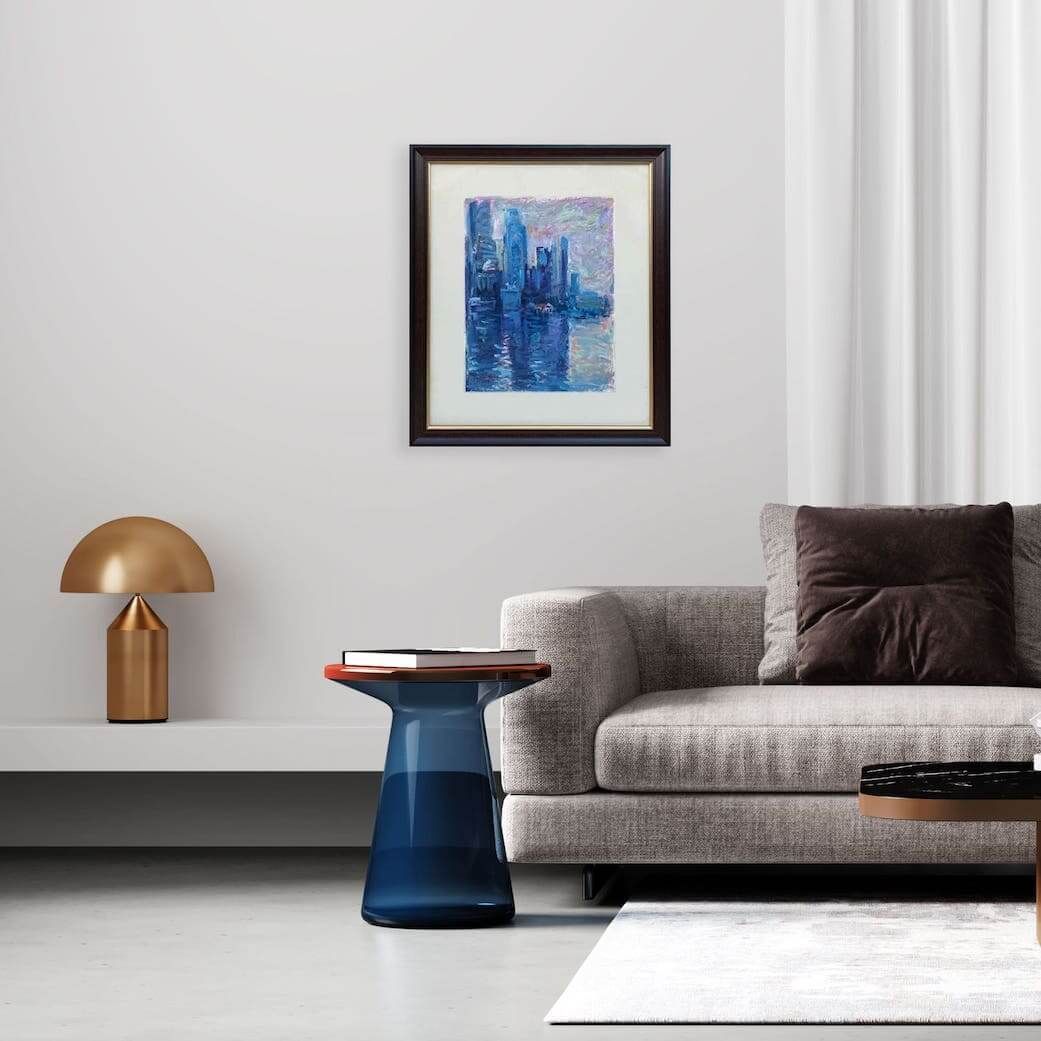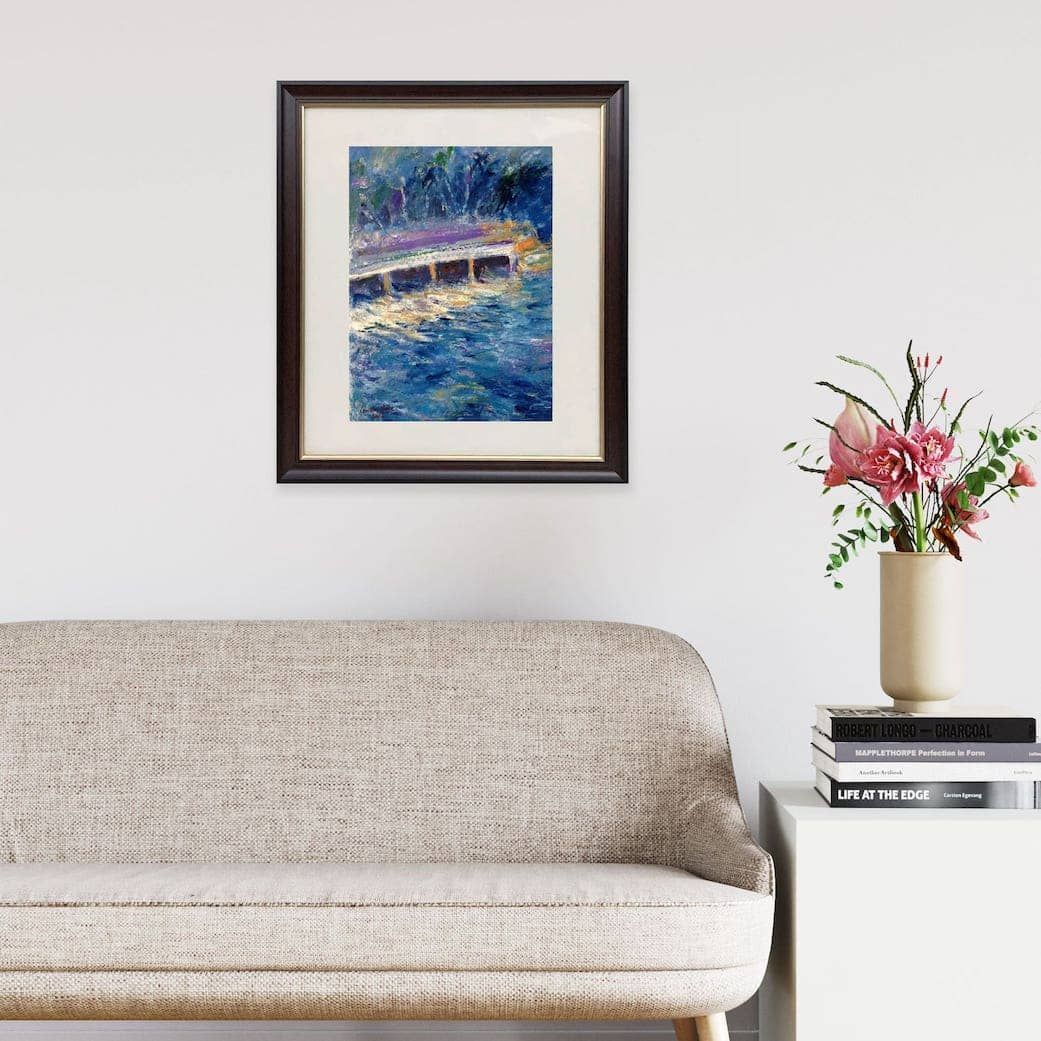The History of Singapore Art in the 2000s: Biennales, Galleries, and the Global Stage
The 2000s: Biennales, Galleries, and the Global Stage
Entering the new millennium, Singapore art in the 2000s continued to build on the foundations laid in the 1990s.
The "Renaissance City" plan (2000) further advocated for increased funding and development in the arts, aiming to foster even greater creativity and innovation.
Most notably, Singapore launched its first Singapore Biennale in 2006, positioning the city-state as a regional hub for contemporary art.
This international exhibition brought global artists to Singapore while showcasing local talent on a larger stage.
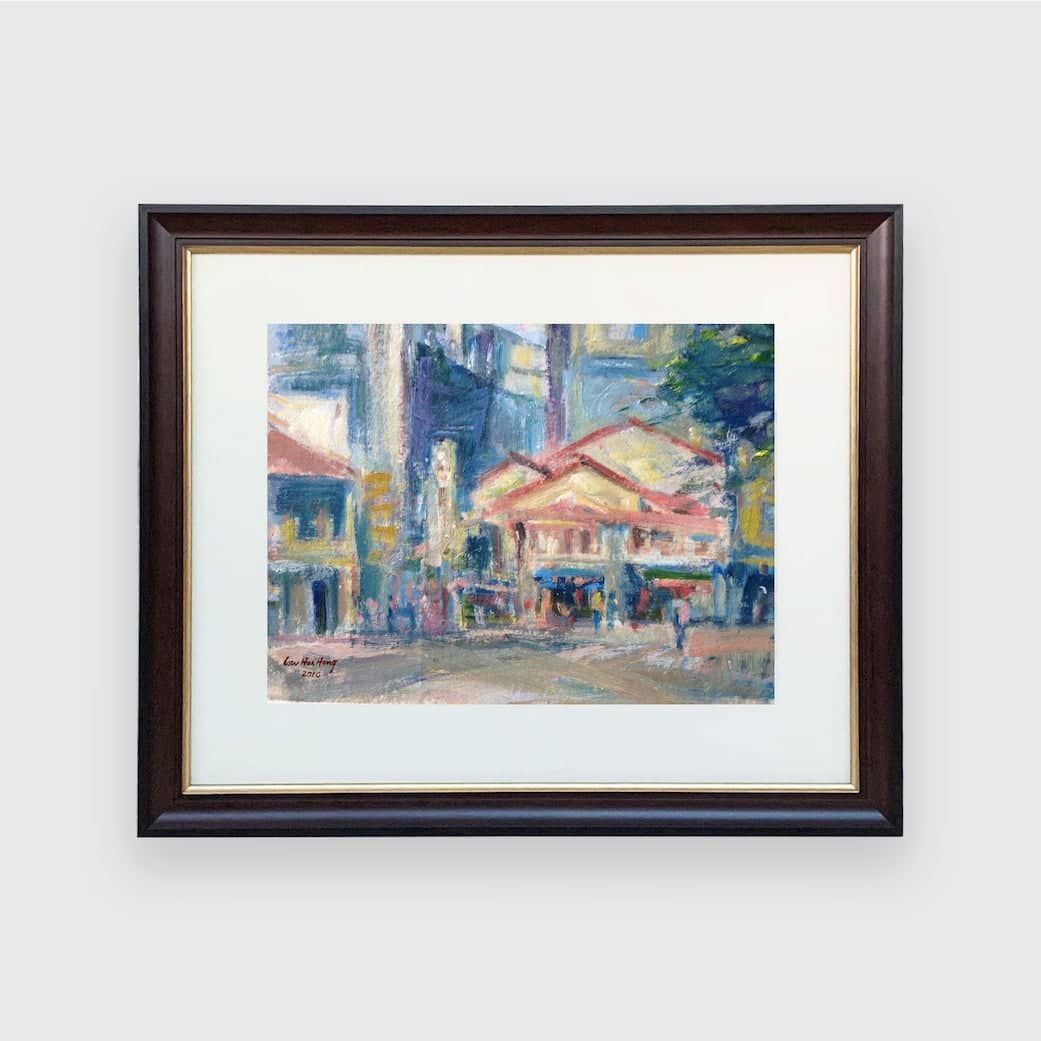
Private galleries like STPI – Creative Workshop & Gallery, Yavuz Gallery, and Ode to Art flourished, helping to promote local artists and connect them to international collectors.
This decade saw the rise of art fairs, galleries, and public art installations, making art more accessible to the general public.
The 2000s also witnessed a surge in interest in art education, with institutions like LASALLE College of the Arts and the Singapore Management University offering programs to nurture the next generation of artists.
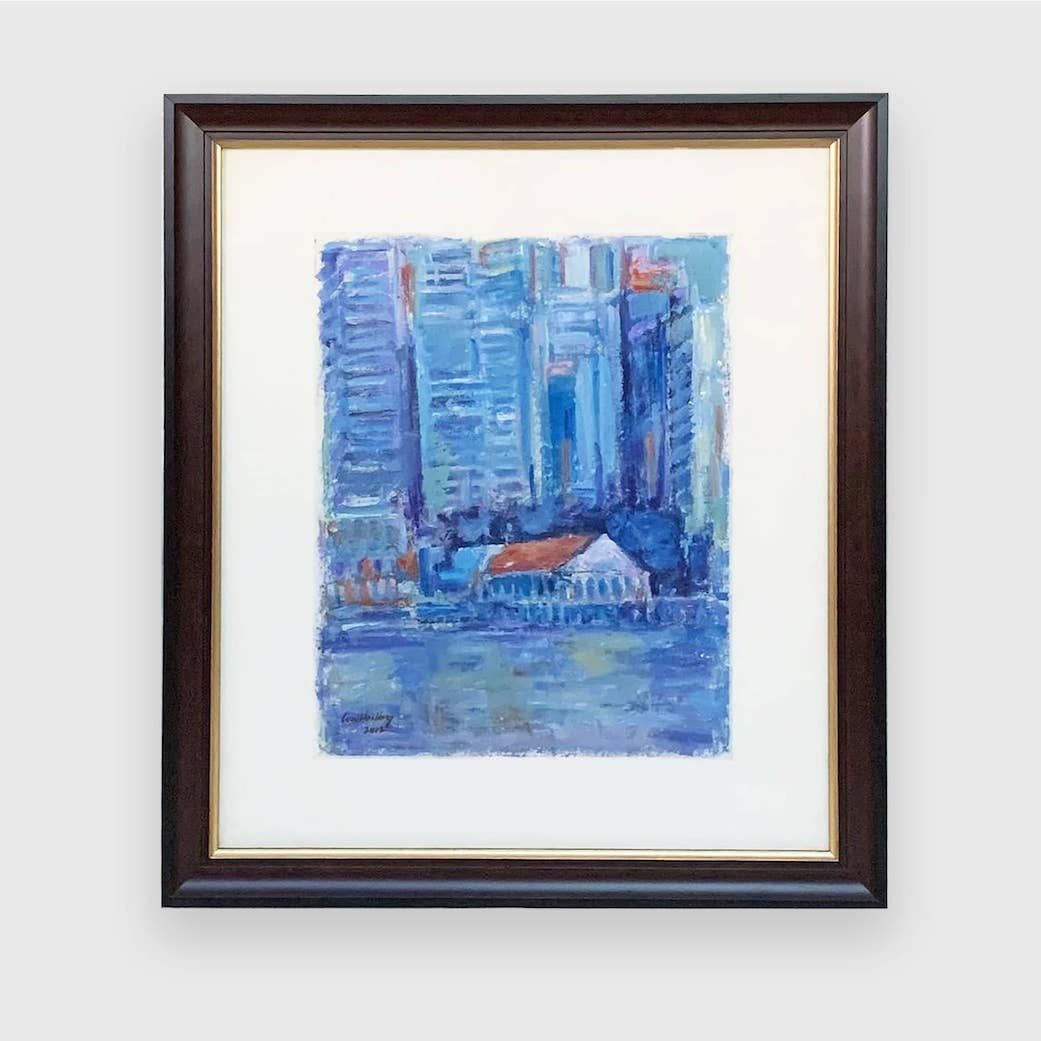
Artists such as Ho Tzu Nyen, Dawn Ng, Donna Ong, Zai Kuning, and Rirkrit Tiravanija emerged during this time and gained prominence for their innovative approaches to art-making, often blurring the lines between art and everyday life.
Creating thought-provoking work using film, installation, and text.
As the conversation around Singapore art matured, artists were now interrogating not just identity but also systems of power, history, and language.
This decade saw a burgeoning of contemporary art forms, with artists exploring themes of urbanisation, environmental concerns, and intricate interpersonal relationships.
The art scene became more dynamic, with artists and institutions engaging in discussions and negotiations to realise their artistic visions.
It was a period of consolidation and expansion, with a growing emphasis on international collaborations and the showcasing of diverse artistic perspectives through events like art festivals and biennales.
